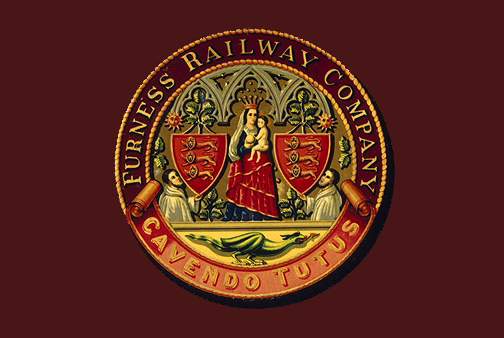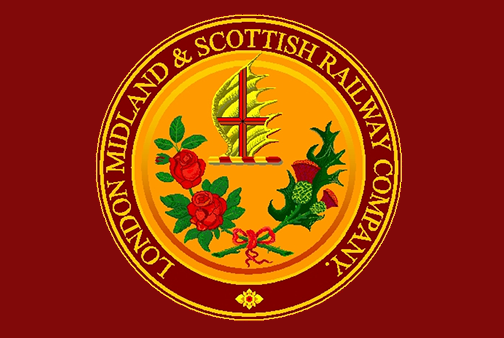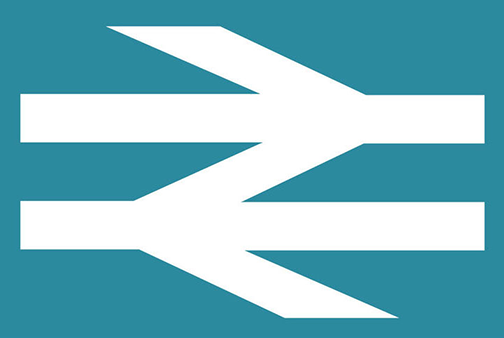Product Range
Our Products... and a little bit of railway history.
Our range of railway fabrics specialises in designs first introduced in the latter half of the 20th Century, from the Art Deco of the 1930’s, through to the more subdued geometrical designs of the 1970’s.
Each design has its own catalogue page and, to help you find a fabric appropriate for your particular project, the pages are grouped according to the era in which they were first introduced. As many of our fabrics are used in film, television and architectural projects, we offer the following guide to the eras (and abbreviations) that are used.
Pre-grouping:

From 1830, when the first passenger railway was opened in this country, until shortly after the Great War, our railway network was served by a multiplicity of private companies, some larger than others but all serving specific localities.
In these early days of steam, not much comfort was afforded to the passenger with many carriages being built completely open to the elements and with simple wooden bench seating. In 1914, with the aim of supporting the war effort, the entire railway network was taken under government control and run by the Railway Operating Division of the War Office.
The Big Four: 1923 - 1947

Wartime conditions had shown the benefits of a more unified system, so in 1923 nearly all of the two-hundred and thirty companies that had been operating Britain’s railways were merged into four larger ones, still privately owned, which became known as the “Big Four”. Each of these had much larger territories, though still self contained; in clockwise order from the South Bank of the Thames they were:
- The Southern Railway (SR)
- The Great Western Railway (GWR)
- The London, Midland & Scottish Railway (LMS)
- The London & North Eastern Railway (LNER)
Whilst the four new companies were not directly in competition with each other in terms of passenger routes, there was fierce competition to be the fastest, most modern and most comfortable, particularly in response to the increasing competition from emerging forms of road transport. It is perhaps this desire to be the most comfortable and striking in design that led to the introduction of numerous new styles for the interior upholstery of rolling stock during this period.
British Railways: 1948 - 1964

During the Second World War, movement of men and munitions in large quantities was vital for the war effort, and led to record levels of activity on the railway. At the same time, many railway personnel were called up to serve in the armed forces, and materials were in short supply as the military had first call on all resources.
The railway system was also badly damaged by the heavy bombing of the German Luftwaffe, particularly in London and other big cities around the country. This damage included rolling stock, with almost 500 locomotives and more than 13,000 passenger vehicles being damaged or destroyed.
After the war, it quickly became apparent that the burden of repairing the damage and overcoming the backlog of maintenance was too great for the financial resources of the private companies to bear, and so the government of the day decided upon nationalisation of the network. Thus it was that in 1948 the “Big Four” were taken into state ownership under the title “British Railways” (BR).
British Rail: 1965 - 1982

At first, the new organisation continued very much as before in terms of the appearance of its rolling stock, but in 1964 a complete redesign of every visible aspect of the railway was commissioned, with a view to shaking off the outdated image of the steam era, and the organisation itself was retitled “British Rail”.
This period saw the introduction of the famous ‘double-arrow’ logo (which endures to this day as the logo for National Rail), a standardised typeface (known as “Rail Alphabet”) for all communications and signs, a new livery for virtually all rolling stock (which became known as “BR Blue”), and of course the more subdued geometrical upholstery patterns of the era.
BR Sectors: 1983 - 1994

By the mid 1980s, under the Thatcher government, BR found itself under increasing pressure to cut costs whilst simultaneously dealing with the fact that much of its rolling stock was becoming technically obsolete and was reaching the end of its economic life. The solution decided upon was to abolish the existing geographically based structure and to reorganise BR into a series of activity based businesses (Sectors), each of which was to be made individually accountable for its own costs and performance.
This era saw the introduction of the now famous "InterCity" and "Network South East" brands for passenger services as well as "Trainload Freight" and "Railfreight Distribution" for freight and goods. During this period, the new businesses began carving out their own individual identities, which featured new liveries and upholsteries for rolling stock as well as the gradual decline of the unified ‘Rail Alphabet’ typeface that had been used across the network.
The BR Sectors era was the last period in which the British government had total control of the railways as, starting in 1994, the John Major government introduced a further reorganisation, in which the state retained control and ownership of the infrastructure, whilst returning responsibility for all train operations to private companies.
